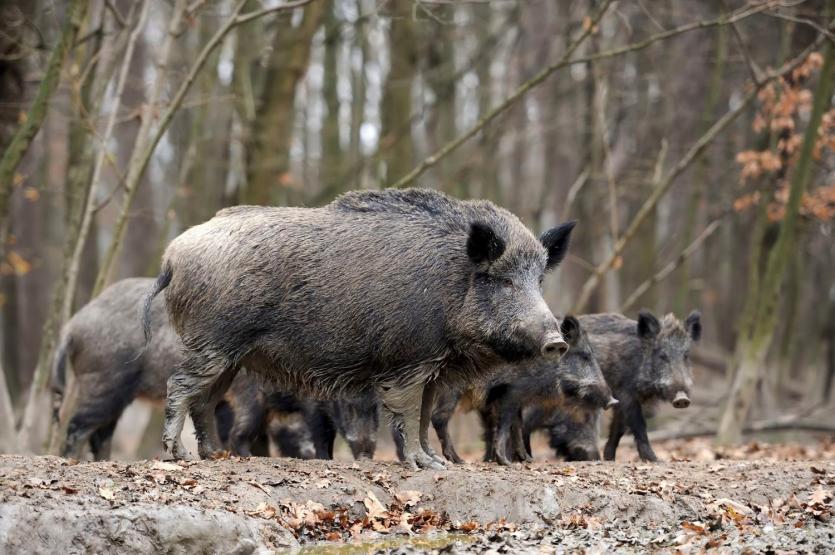Thousands of radioactive boars are overrunning farmland in Fukushima. Photo: iStock/The Washington Post
By Patryk Krych | The World Daily | SEPTEMBER 28th 2021
It’s been over a decade since the Fukushima nuclear disaster in Japan, when an earthquake caused nuclear meltdowns, forcing thousands of people to flee the area. Recent studies have, however, shown that the wildlife around the zone has flourished without human intervention.
The Fukushima crisis of 2011 remains one of Japan’s most disastrous recent memories, having been spurred by an earthquake-induced tsunami that battered the city and gained worldwide attention. Three of the six nuclear reactors on the site had suffered a severe meltdown, forcing at least 154,000 people to evacuate the area.
Following a decade onwards from the incident, this absence of people in the area has led to the formation of an environment that’s proven rather positive for flourishing wildlife. One of which includes the so-called ‘hybrid terror pigs’ – a result of the local species of Japanese Boar (also called Sus scrofa leucomystax) having inter-bred with escaped domestic pigs in the area, developing over time to have lost their weary nature and grown increasingly aggressive.
The resulting hybrid species have thrived for a long time in the site’s exclusion zone, found within 20 kilometers from the long-abandoned nuclear power plant – where the radiation is still said to be at its highest. It’s been noted by scientists that these species carry roughly 300 times the amount of radiation for any human to safely handle.
However, these aren’t the only species that are flourishing in the Fukushima exclusion zone. It’s been found that several threatened or endangered species are finding a home in the area, reclaiming it from humanity. Biodiversity has been doing particularly well in previous farmlands and rice paddies, according to surveys.
“When word spreads that coastal areas and rice paddies in Fukushima are safe places where many rare creatures live, it should help overcome the negative reputation,” said a researcher at the Fukushima Agricultural Technology Centre, Toshimasa Mitamura.
It’s unclear thus far whether the area is prepared for the return of humanity – nor whether or not humanity would be able to deal with the radioactive species that may threaten them there, including the dangerous boar hybrids. The species would need to be entirely eliminated in order to assure people a safe return to their once-homes.






